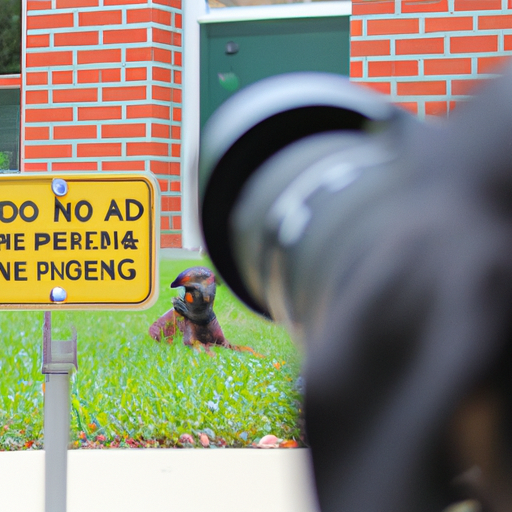Understanding the Problem
Caring for a dog can, at times, feel like a full-time job, especially when you’re dealing with behavioral issues. One common problem you might face as a caregiver is your dog peeing in the house.
Why do dogs do this? The answer is multifaceted, and getting to the root of the issue requires understanding your dog’s behavior from a holistic perspective. It might be a training issue, a health problem, or an emotional response.
Often, dogs express themselves through action. So, if your loyal companion is consistently peeing inside the house, they’re trying to tell you something. It’s your job to decode the message.
Decoding Doggy Behavior
Before you dive into corrective measures, take a moment to understand why your dog might be peeing in the house.
Age: Young puppies and older dogs are more likely to have accidents.
Health: Certain medical conditions can cause this behavior.
Fear or Anxiety: Dogs may urinate in response to stressful situations.
Marking Territory: This is more common in unneutered males.
| Age | Health | Fear or Anxiety | Marking |
|---|---|---|---|
| Young puppies and older dogs | Medical conditions | Stressful situations | Common in unneutered males |
Training Methods
Once you’ve identified potential causes, it’s time to correct the behavior. Here are some strategies:
- Consistent Potty Breaks: Regularly take your dog outside to pee, especially after meals and before bedtime.
- Positive Reinforcement: Whenever your dog pees outside, reward them with treats or praise.
- Avoid Punishment: Scolding or physically punishing your dog can actually exacerbate the problem.
- Clean Up Properly: Use an enzymatic cleaner to remove the smell of urine, discouraging your dog from peeing in the same spot.
Seeking Professional Help
Sometimes, the problem might be beyond your control. If your dog continues to pee inside despite your best efforts, it might be time to seek professional help.
Veterinarians can rule out medical issues, while professional dog trainers or animal behaviorists can provide insights into your dog’s behavior. Don’t be disheartened if you need to take this step. It’s a sign of responsible pet ownership.
Making Your Home Dog-Friendly
Remember, your home is also your dog’s home. Making your space dog-friendly can help discourage indoor peeing.
- Provide ample outdoor time
- Create safe spaces for your dog to retreat to when they’re feeling anxious
- Ensure your dog has plenty of stimulating toys to keep them busy
FAQs
Q: My dog is housebroken but recently started peeing inside. Why is this happening?
A: This could be due to a medical issue or a change in your dog’s environment causing stress. Consult with a vet to rule out any health problems.
Q: My older dog has started having accidents. Is this normal?
A: Aging dogs can experience incontinence. It’s always best to consult with a vet to ensure there’s no underlying medical condition.
Q: How long does it typically take to house train a puppy?
A: It varies, but generally, it can take four to six months to fully house train a puppy. Patience and consistency are key.
Remember, as a caregiver, your patience, understanding, and love are vital in helping your dog overcome this issue. With the right approach, you can turn your pee woes into a thing of the past.



